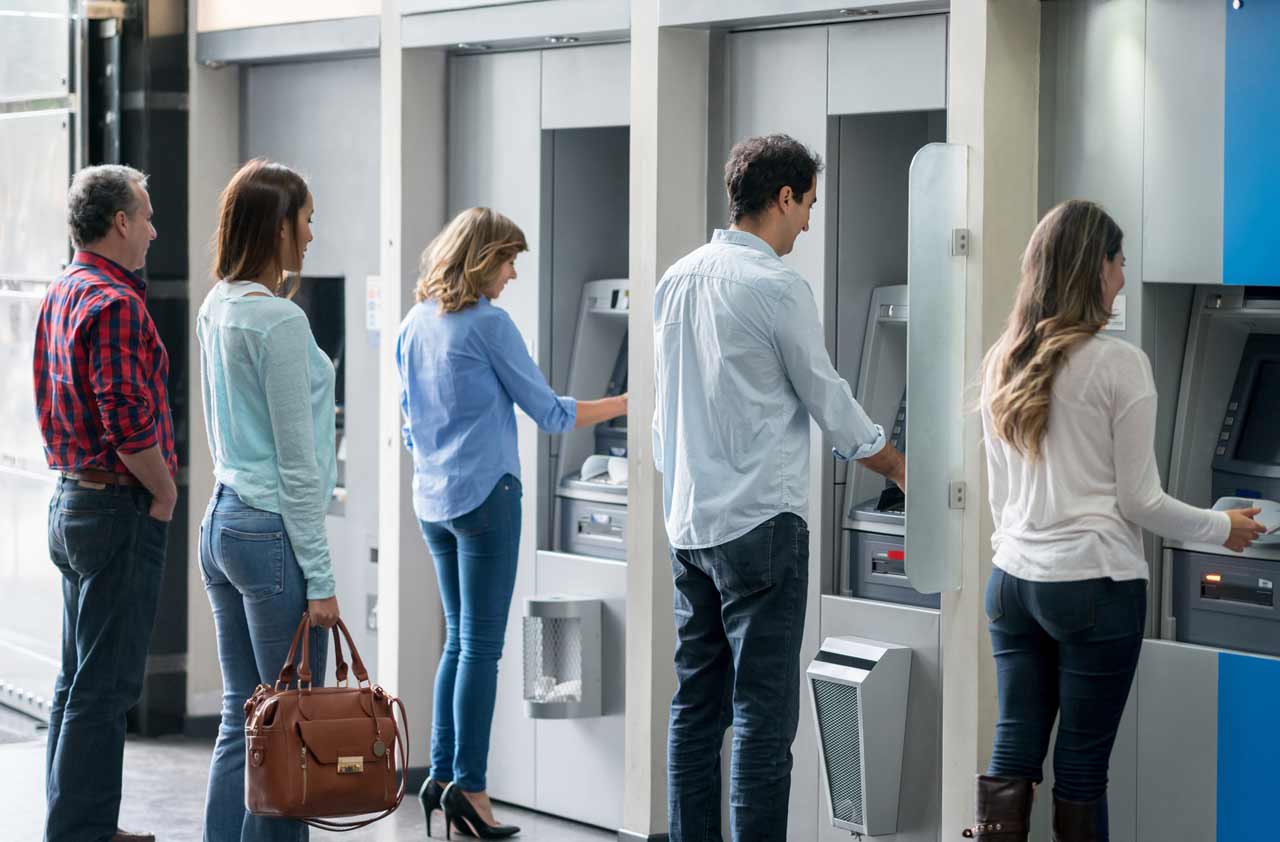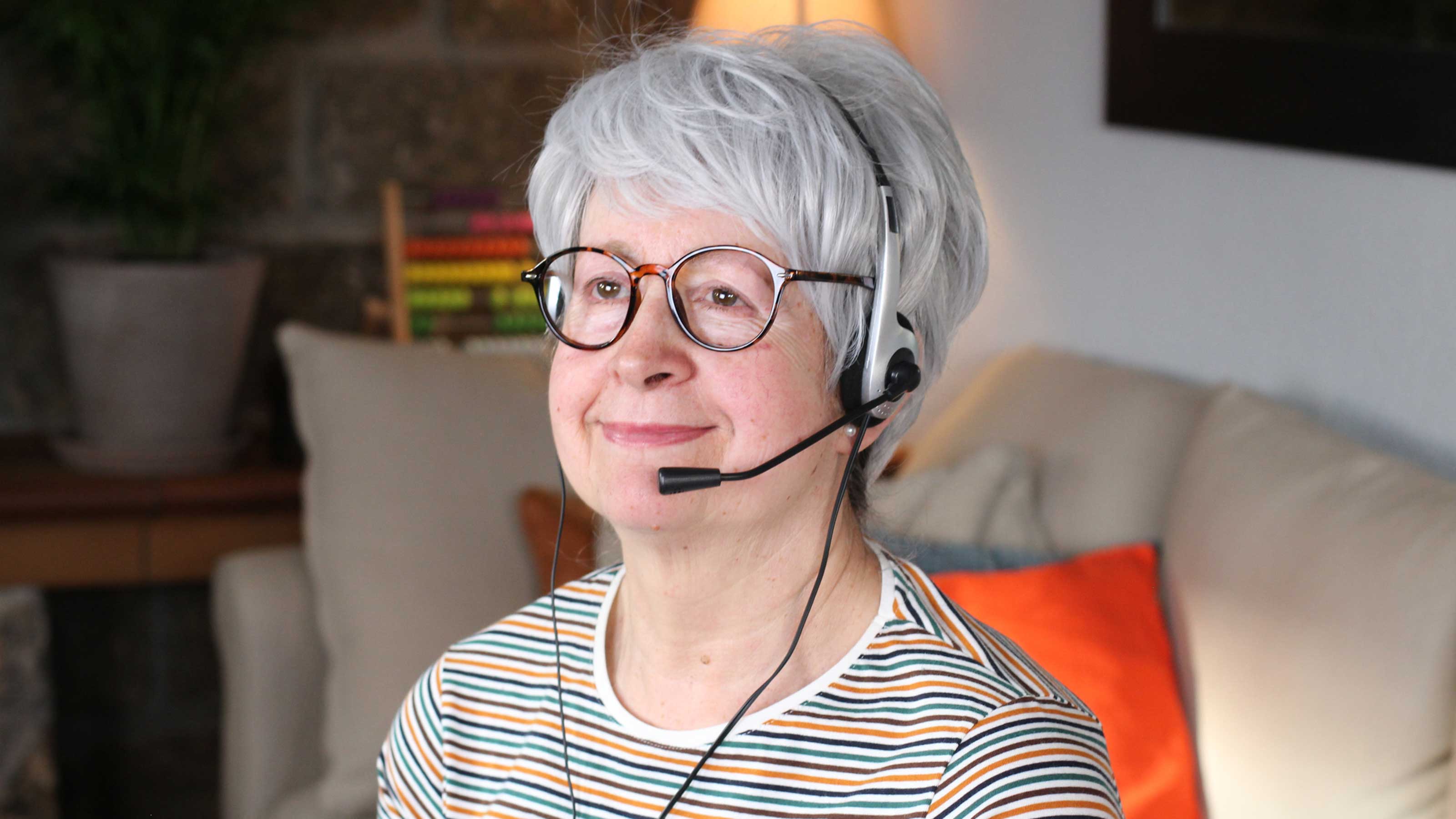How We Pick the Best Banks
Whatever is important to you—low fees, high rates, convenience—our choices will help you decide how your bank measures up or whether it makes sense to move on.


Americans have a love-hate relationship with their bank. Intimacy is built in because of the very nature of personal financial transactions, yet customers are often dissatisfied with the fees they pay and the service they receive.
Check out Kiplinger’s first-ever rankings of banks that do right by their customers. Our list of the best national and regional banks and credit unions with national access was four months in the making, spearheaded by a dedicated team led by senior editor Mark Solheim, along with contributing editor Lisa Gerstner and staff writer Miriam Cross. They vetted a half-dozen data providers before finding a fit with Moebs Services, in Lake Forest, Ill., which has been analyzing and advising financial institutions since 1983. (Coincidentally, Moebs was one of my trusted sources when I covered banking for Kiplinger’s a number of years ago.)
To choose the winners and runners-up, Moebs used its own methodology, customized for Kiplinger’s. “We sifted through 70-some criteria for every single bank—literally thousands of bits of data in a very complex industry,” says Mark.
From just $107.88 $24.99 for Kiplinger Personal Finance
Become a smarter, better informed investor. Subscribe from just $107.88 $24.99, plus get up to 4 Special Issues

Sign up for Kiplinger’s Free Newsletters
Profit and prosper with the best of expert advice on investing, taxes, retirement, personal finance and more - straight to your e-mail.
Profit and prosper with the best of expert advice - straight to your e-mail.
To personalize our list even further, we applied our own criteria to identify the best institutions for each of six profiles: high-net-worth families, retirees, frequent travelers, millennials, students and members of the military. For example, Citibank won top honors for high-net-worth families, because with $200,000 in assets clients qualify for outstanding special services, such as access to a financial adviser plus wealth seminars and other private events. Thanks to his years of experience in the business, company president Mike Moebs was able to add personal observations of his own. A former Navy pilot, Moebs still makes it a point to stay in touch with service members and ask them about their banking habits. One insight: They often prefer to use prepaid cards because they move around frequently and aren’t tied to one bank.
Size matters. Because of the sheer number of financial institutions in the U.S.—nearly 12,000—we weren’t able to rank every one. Moebs divided the country into four regions; a national bank was defined as one that had at least 15% of its deposits in a second region beyond its core location and had more than $25 billion in assets. We counted a total of 18 national banks overall. Regional banks needed to have more than $10 billion in assets, and there were 35 of those. We also ranked 22 credit unions with nationwide access.
By definition, this eliminated small community banks and credit unions with limited affiliated membership. It’s likely that those small institutions offer far less in the way of technology and online access, but they can often make up for it in personal service. “They tend to be the kind of bank that will go less by the numbers or credit score if you’re applying for a loan or a mortgage,” says Mark. “Chances are they work with someone from your family or know you from Kiwanis.”
In fact, although a bank’s ability to harness technology figured in our rankings, that’s not the whole story. As the authors write, “Branches, and the personal touch, still matter. Overall satisfaction among customers who visited a bank branch is higher than for those who did all their banking digitally, according to a recent J.D. Power survey. That’s why we gave extra weight to banks with a higher number of branches when we picked the best institutions for our high-net-worth and retiree profiles.”
And that’s why branches won’t disappear even as their numbers shrink. Whatever is important to you—low fees, high rates, convenience—our choices will help you decide how your bank measures up or whether it makes sense to move on.
Profit and prosper with the best of Kiplinger's advice on investing, taxes, retirement, personal finance and much more. Delivered daily. Enter your email in the box and click Sign Me Up.

Janet Bodnar is editor-at-large of Kiplinger's Personal Finance, a position she assumed after retiring as editor of the magazine after eight years at the helm. She is a nationally recognized expert on the subjects of women and money, children's and family finances, and financial literacy. She is the author of two books, Money Smart Women and Raising Money Smart Kids. As editor-at-large, she writes two popular columns for Kiplinger, "Money Smart Women" and "Living in Retirement." Bodnar is a graduate of St. Bonaventure University and is a member of its Board of Trustees. She received her master's degree from Columbia University, where she was also a Knight-Bagehot Fellow in Business and Economics Journalism.
-
 'Donroe Doctrine' Pumps Dow 594 Points: Stock Market Today
'Donroe Doctrine' Pumps Dow 594 Points: Stock Market TodayThe S&P 500 rallied but failed to turn the "Santa Claus Rally" indicator positive for 2026.
-
 The Wealth Equation: Balancing Money and Stress
The Wealth Equation: Balancing Money and StressSponsored Don’t let assets be a liability that strains your family.
-
 Is Your Emergency Fund Running Low? Here's How to Bulk It Up
Is Your Emergency Fund Running Low? Here's How to Bulk It UpIf you're struggling right now, you're not alone. Here's how you can identify financial issues, implement a budget and prioritize rebuilding your emergency fund.
-
 Stick With Your Plan
Stick With Your PlanFeature Timing the market is nearly impossible. The worst thing you can do is sell stocks when prices are tumbling.
-
 Complain and Be Heard
Complain and Be HeardFeature Getting our money back for the extended warranty and gap insurance we didn't want took patience and persistence.
-
 Getting Good Service
Getting Good ServiceFeature We rated the customer service of large financial service firms for accessibility, reliability, responsiveness and knowledgeable answers.
-
 A Level Playing Field
A Level Playing FieldFeature Doug Glanville says baseball can provide a great example of teamwork, fairness and communication for the U.S.
-
 Why I’m Optimistic
Why I’m OptimisticFeature If we look ahead and see straight—and focus on what’s good for all of us—we will emerge from the darkest hours even stronger.
-
 Reaching for a Lifeline
Reaching for a LifelineFeature The theme of this issue is what to do about your money in the time of the coronavirus and a distressed economy.
-
Home Sweet Asset
Feature A home is a valuable and versatile financial tool that can help you increase your wealth.
-
 100 Years of Advice
100 Years of AdviceFeature Happy birthday to us! We’ve got plenty of trustworthy, valuable advice for the future, too.